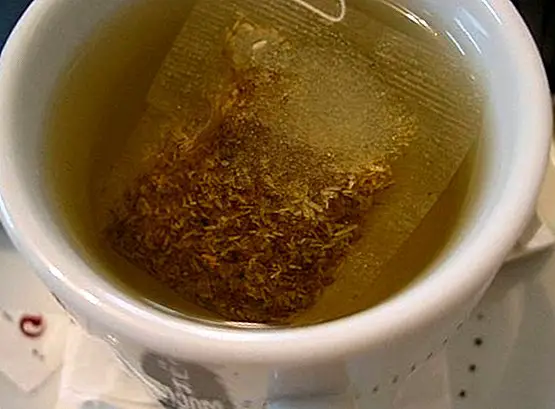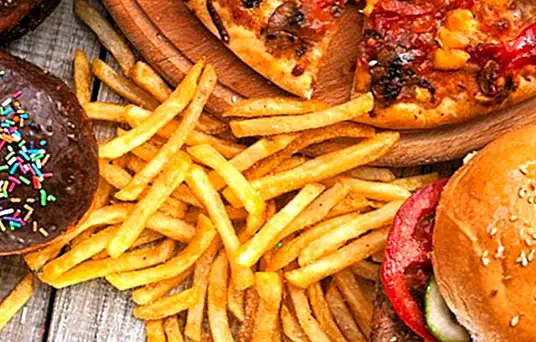Threonine: essential amino acid
 Unlike other essential amino acids such as tryptophan, phenylalanine or methionine, the truth is that the threonine It is one of those amino acids considered essential that are not as well known or popular as those named above.
Unlike other essential amino acids such as tryptophan, phenylalanine or methionine, the truth is that the threonine It is one of those amino acids considered essential that are not as well known or popular as those named above.
Likewise, we must pay attention to the fact that daily food supplies our bodies with the adequate and recommended amounts of vitamins, minerals, antioxidants and fibers, as well as the amino acids They are of equal importance.
But we must differentiate the essential amino acids of the non-essential amino acids, since the essentials are those that our organism can not produce and synthesize by itself, so that we can only obtain them through the diet.
What is threonine?
Threonine is an essential amino acid that acts together with methionine and aspartic acid; that is, it acts together with both an essential amino acid and a non-essential amino acid.
Its main task, as we will see below, is to metabolize those fats that are deposited in certain organs, such as the liver.
Threonine functions
- Acts together with methionine and aspartic acid.
- Metabolizes fats that are deposited in certain organs.
- Important for the formation of tooth enamel, collagen and elastin.
- It helps maintain the right amount of protein in the body.
Benefits of threonine for health
As we have previously pointed out due to the different functions that threonine fulfills in the organism, we are faced with an essential amino acid essential for the correct metabolization of fats in certain organs, especially in the liver, in addition to preventing their accumulation (a disorder that it is called fatty liver). This function complies with two other amino acids: methionine and aspartic acid.
It is also essential in the formation of tooth enamel, elastin and collagen, and helps maintain the right amount of protein in the body.
Where to find threonine?
Here are the foods that are richest in threonine:
- Food of animal origin: milk and other dairy products, eggs, meat and fish.
- Plant-based foods: cereals, legumes, vegetables, fruit, seeds (including pumpkin, sesame and sunflower seeds) and nuts.
Image | WordRidden This article is published for informational purposes only. You can not and should not replace the consultation with a Nutritionist. We advise you to consult your trusted Nutritionist. ThemesAmino acids



